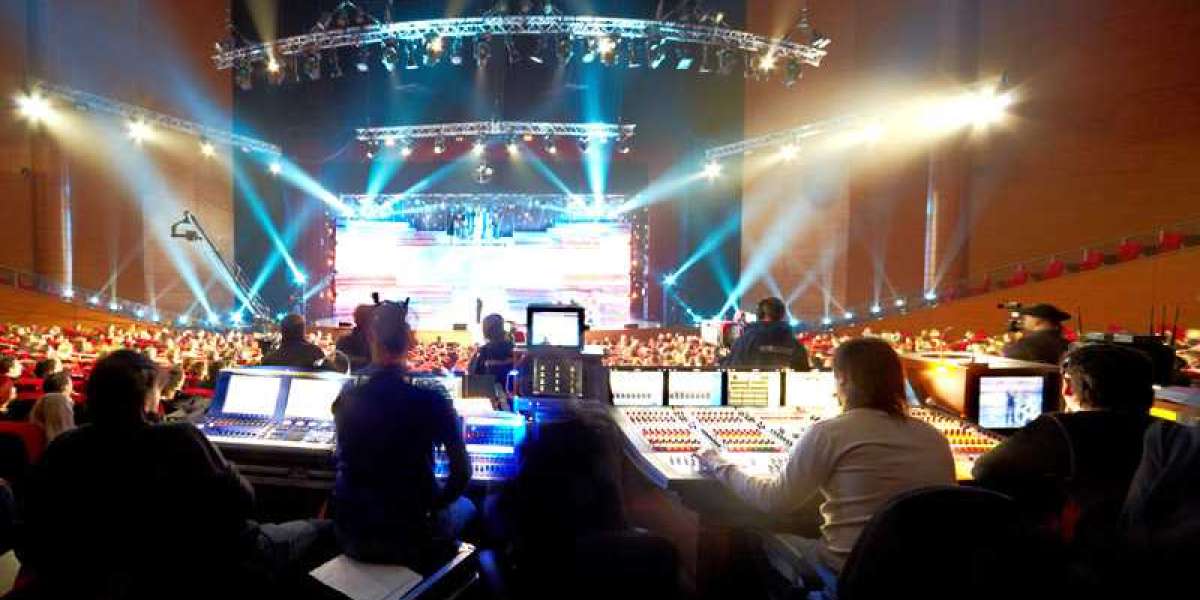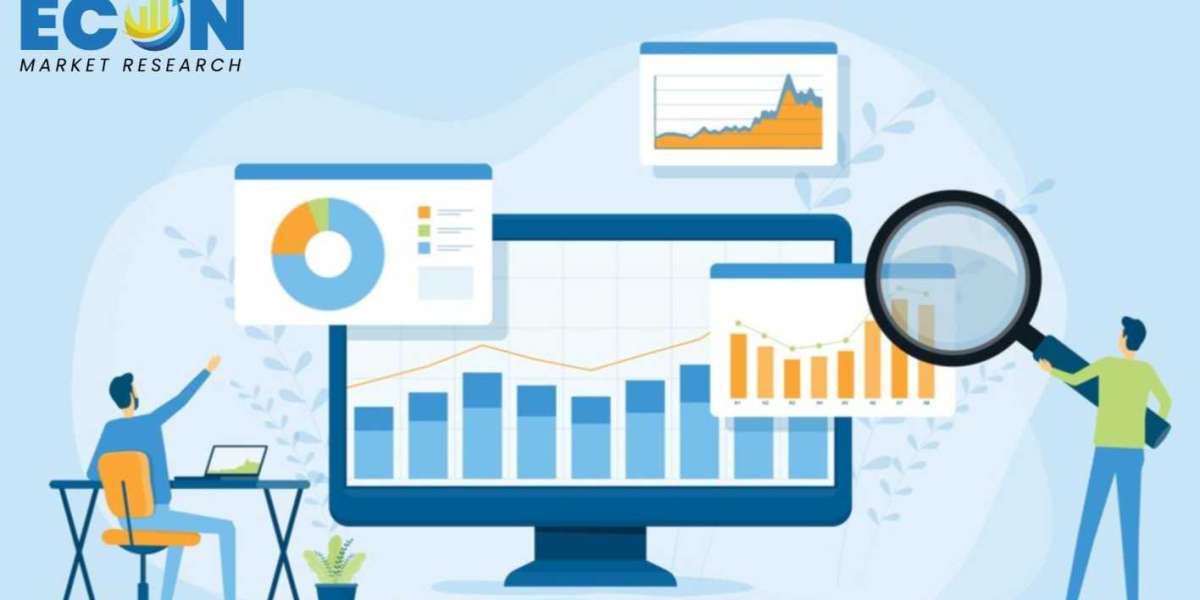In today's fast-paced event industry, audio visual (AV) rentals play a crucial role in ensuring a memorable experience. Whether it's a corporate conference, wedding, or music festival, the right AV setup can make or break your event. This comprehensive guide outlines the best practices to achieve perfection in AV rentals, helping you create seamless and impactful experiences.
Understanding Your Event's AV Needs
Before diving into the world of AV rentals, it's essential to thoroughly understand your event's specific requirements. This initial step involves:
Assessing the Venue
Every venue has unique characteristics that can influence your AV setup. Consider the following factors:
- Room Size and Layout: The dimensions and shape of the venue affect sound distribution and screen visibility.
- Acoustics: Evaluate the venue's natural acoustics to determine the need for additional sound equipment.
- Power Supply: Ensure adequate power sources are available for all AV equipment.
- Lighting Conditions: Assess the lighting to decide on the necessary lighting equipment and effects.
Identifying Your Audience's Needs
Understanding your audience is crucial for tailoring the AV experience. Consider:
- Audience Size: The number of attendees will influence the type and quantity of AV equipment needed.
- Demographics: Different age groups and professional backgrounds may have varying expectations for AV quality.
- Engagement Levels: Determine if the event requires interactive elements such as live polling or QA sessions.
Defining Event Objectives
Clearly outline the goals of your event. Are you aiming to educate, entertain, or promote? This will guide your AV choices, ensuring they align with your objectives.
Selecting the Right AV Equipment
Choosing the appropriate AV equipment is pivotal for event success. Here's a breakdown of essential equipment and considerations for each category:
Audio Equipment
- Microphones: Depending on the event, you might need lapel mics, handheld mics, or headset mics. Ensure you have backups in case of technical issues.
- Speakers: The number and type of speakers (e.g., line array, subwoofers) depend on the venue size and acoustics.
- Mixers: An audio mixer helps balance sound levels and manage multiple audio sources.
Visual Equipment
- Projectors and Screens: Choose high-resolution projectors and appropriately sized screens for clear visibility.
- LED Walls: For large events or outdoor settings, LED walls provide bright and vibrant displays.
- Monitors: Place monitors strategically for presenters to see their slides and for attendees to have a closer view of the presentation.
Lighting Equipment
- Stage Lighting: Use a combination of spotlights, wash lights, and gobos to highlight speakers and create ambiance.
- Ambient Lighting: Enhance the overall atmosphere with uplighting, color washes, and effects lighting.
- Control Systems: Invest in a lighting control system for dynamic and synchronized lighting effects.
Interactive Technology
- Live Streaming: Extend your event's reach with high-quality live streaming services.
- Audience Interaction Tools: Incorporate tools like live polls, social media walls, and QA platforms to boost engagement.
Partnering with a Reliable AV Provider
Selecting a reputable AV rental provider is critical. Here's how to ensure you're making the right choice:
Experience and Expertise
Choose a provider with extensive experience in your event type. An expert AV team will anticipate challenges and provide innovative solutions.
Comprehensive Services
Opt for a provider offering a full range of services, including equipment rental, setup, and technical support throughout the event.
References and Reviews
Check references and read online reviews to gauge the provider's reliability and quality of service. Look for testimonials from events similar to yours.
Customization Options
A good AV provider should offer customizable packages to suit your specific needs and budget constraints.
Planning and Coordination
Effective planning and coordination are essential to ensure your AV setup runs smoothly. Follow these steps for optimal results:
Early Planning
Start planning your AV requirements as soon as you begin event preparations. Early planning allows for:
- Budget Allocation: Allocate sufficient budget for AV needs, considering potential contingencies.
- Vendor Coordination: Coordinate with your AV provider early to secure the best equipment and technical support.
Site Visits
Conduct site visits with your AV team to assess the venue and plan the setup. This helps identify potential challenges and allows for better preparation.
Rehearsals
Schedule rehearsals to test all AV equipment and ensure everything functions seamlessly. Rehearsals also provide an opportunity to train your team on equipment usage.
Backup Plans
Prepare for unexpected issues with backup equipment and contingency plans. This ensures minimal disruption in case of technical difficulties.
On-Site Execution
On the day of the event, meticulous execution is key. Here's how to achieve it:
Setup and Testing
Ensure all equipment is set up well in advance. Conduct thorough testing to confirm everything is working correctly.
Technical Support
Have technical support staff on-site to handle any issues that arise. This includes managing sound levels, adjusting lighting, and troubleshooting equipment.
Real-Time Monitoring
Continuously monitor AV systems throughout the event to ensure optimal performance. Make real-time adjustments as needed to maintain quality.
Post-Event Evaluation
After the event, conduct a detailed evaluation of your AV setup. Consider the following:
Feedback Collection
Gather feedback from attendees, presenters, and technical staff to identify areas for improvement.
Performance Review
Analyze the performance of your AV equipment and provider. Note any technical issues and their resolutions for future reference.
Documentation
Document the entire AV setup process, including equipment lists, setup diagrams, and lessons learned. This documentation will be invaluable for future events.
Conclusion
Achieving perfection in Audio Visual Rentals Toronto for events requires careful planning, the right equipment, and a reliable provider. By following these best practices, you can create a seamless and impactful experience for your audience, ensuring your event's success.








